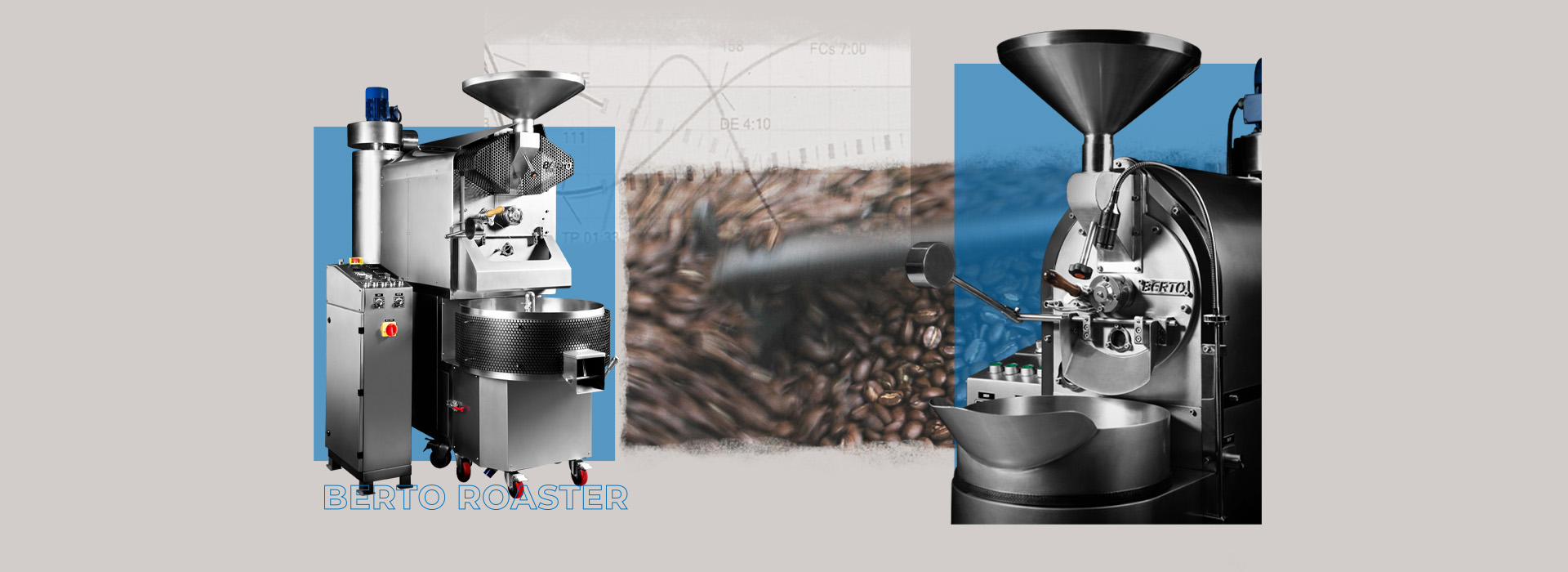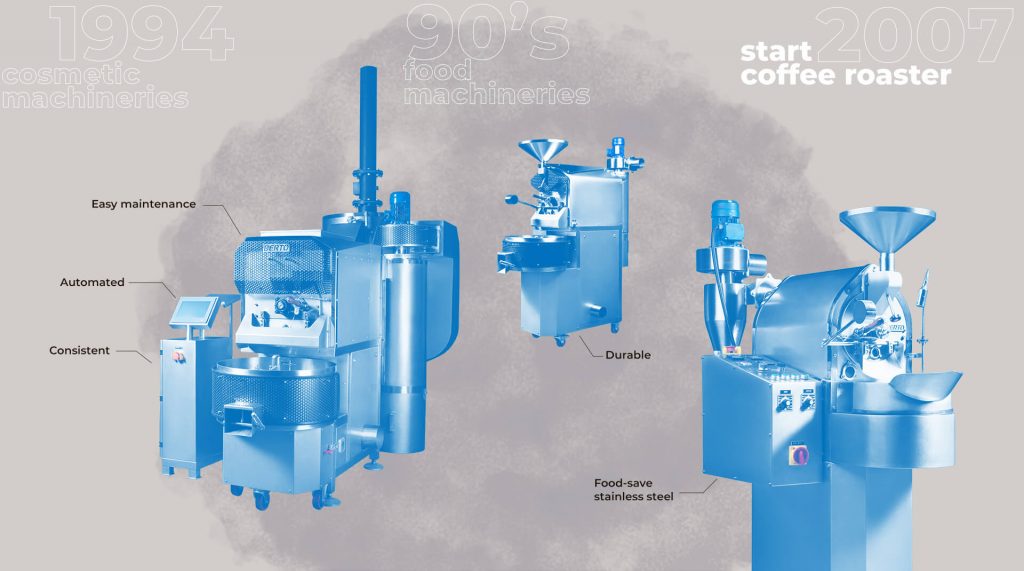The Importance of Roast Profiles
Talking about the roast profile of a certain coffee bean basically means we are really discussing the process that the coffee beans have undergone in the roasting process, from raw beans into the coffee that your customers drink. It is often said that roasting coffee is more art than science, so coffee roasters need time and practice to perfect their craft. In addition, a coffee roaster should experiment continuously with their roaster machine to increase the quality of their finished product. What is a roast profile, and how does a roast profile get the best flavor from your coffee beans? Read this blog post to learn all about it.
What Is A Roast Profile?
A Roast Profile is essentially a record of what happens during the roasting process and what adjustments made to reach the desired outcome. It is a way to record the roaster’s actions and decisions in response to feedback from the coffee beans, in terms of temperature and time. This roast profile is used to determine precisely what flavors and characteristics of the coffee are emphasized at the end of the roasting process.
Two important points to bear in mind:
1. Know your beans
Different coffee beans have different characteristics. The origin, type, characteristics, and processing of the coffee beans also influence the taste of the end product.
2. Know your roasting machine
Take the time to learn about your machine and its functions, such as heat transfer, drum speed and capacity, airflow setting, burner capacity, and controls. Experiment with your roasting machine, try out different settings so you can establish a set of protocols that easily replicates the desired quality of the roasted beans.
Berto Coffee Roasting Machine has the technology to achieve consistency and repeatability between roasts. The screen enables total monitor and control, with an option to pre-program the roast progress in Recipe mode for a fully automated batch. Learn about how we build our machine in our previous blog.
The Degrees of Coffee Roasting
There are several degrees of the coffee roasting process:
- Light Roast: With this process, the coffee beans aren’t roasted for long, hence the beans’ original organic compounds and chemical makeup don’t have as much time to dissolve. The result is coffee beans that tend to stay true to their original flavors.
- Medium Roast: With these longer roast, the acidity levels tend to smooth over. Medium roast coffees still carry some of the original qualities of the beans, but the flavors aren’t quite as pronounced.
- Medium-Dark Roast: Medium-dark roasted coffees have a higher level of bitterness and a hint of a more smoky flavor. The roasted beans are a little more oily and usually leave a slightly bittersweet aftertaste.
- Dark Roast: With the long roasting time, the beans lose more acidity and their natural flavors, leaving a more purely coffee taste. Dark roast coffees can be a bit more robust but the flavor is often fairly bitter. These roasts are suitable to combine with other flavors and often become the base of coffee drinks and desserts.
Log It and Cup It
You can record your roast profile either manually (in a table or graph format) or use a data logging program such as Artisan. Logging your roast profiles is imperative to find out what you need to do to get the best result from your roasting machine, and keep it consistent.
What to record on the roast profile:
- Burner Adjustments
- Starting temperature
- Turning Point
- Rate of Rise
- Timing of Colour Changes
- Time and Temperature of First Crack
- Timing of First Crack to End Roast Time
- Time between First and Second Crack
- Total Time and End Temp of Roast
- Development Ratio
- End Roast Weight Loss Percentage
- End Roast Colour
Aside from consistent data logging, it is also important to do consistent cupping sessions to taste the end result. By comparing your cupping notes to your roast profiles, you can analyze the data and decide what adjustment you need to do to get the best flavors from your coffee beans.


